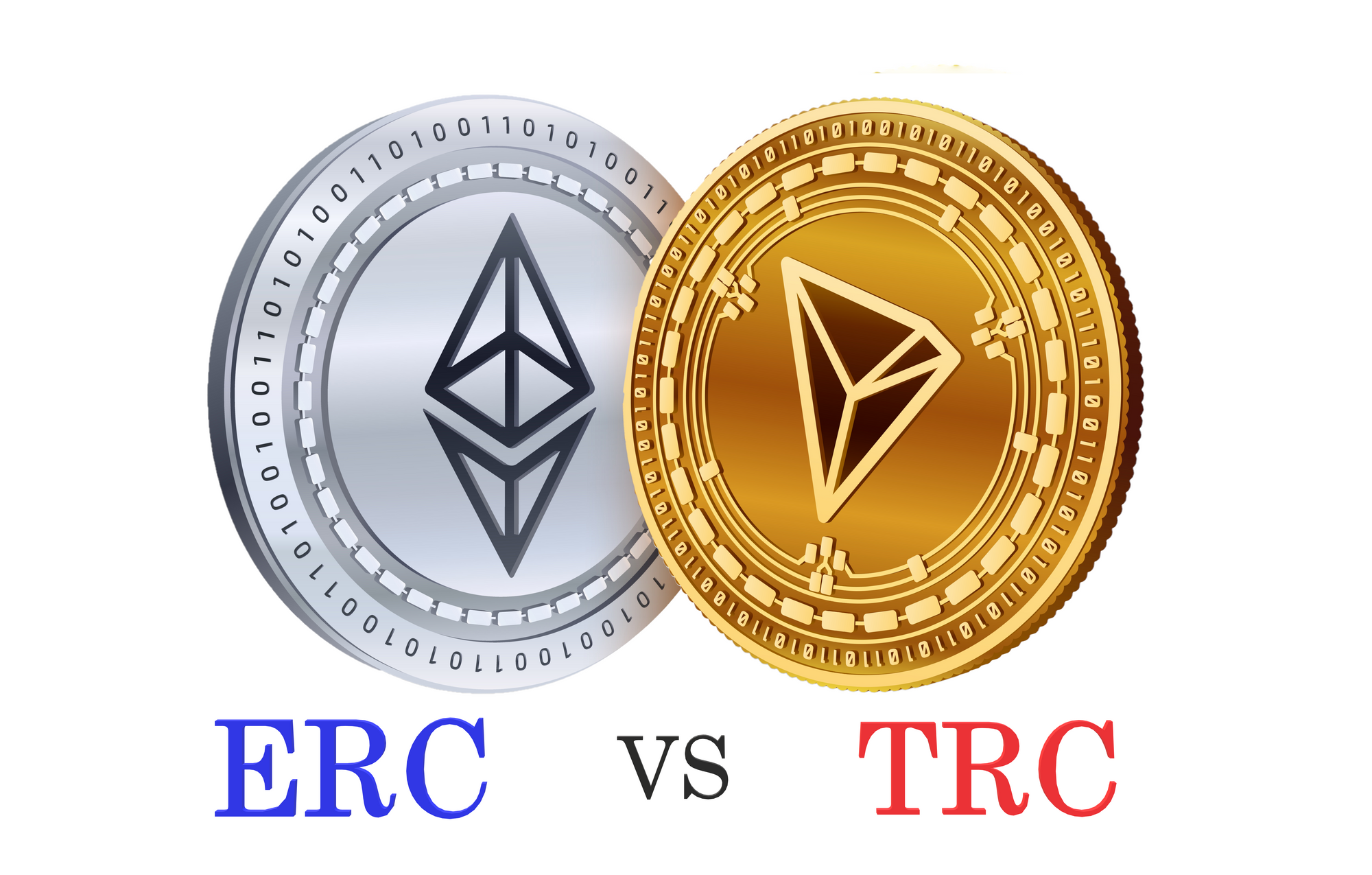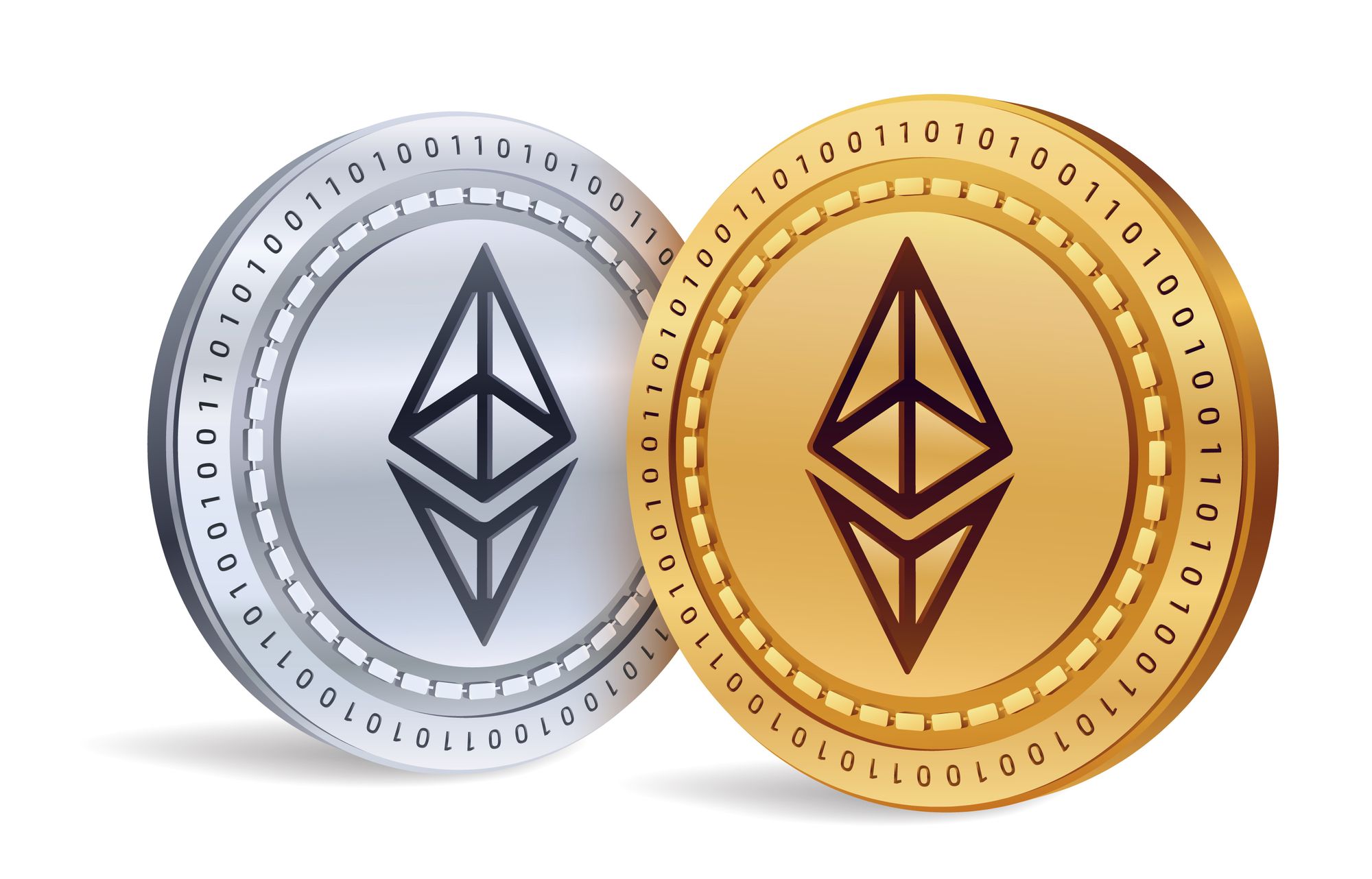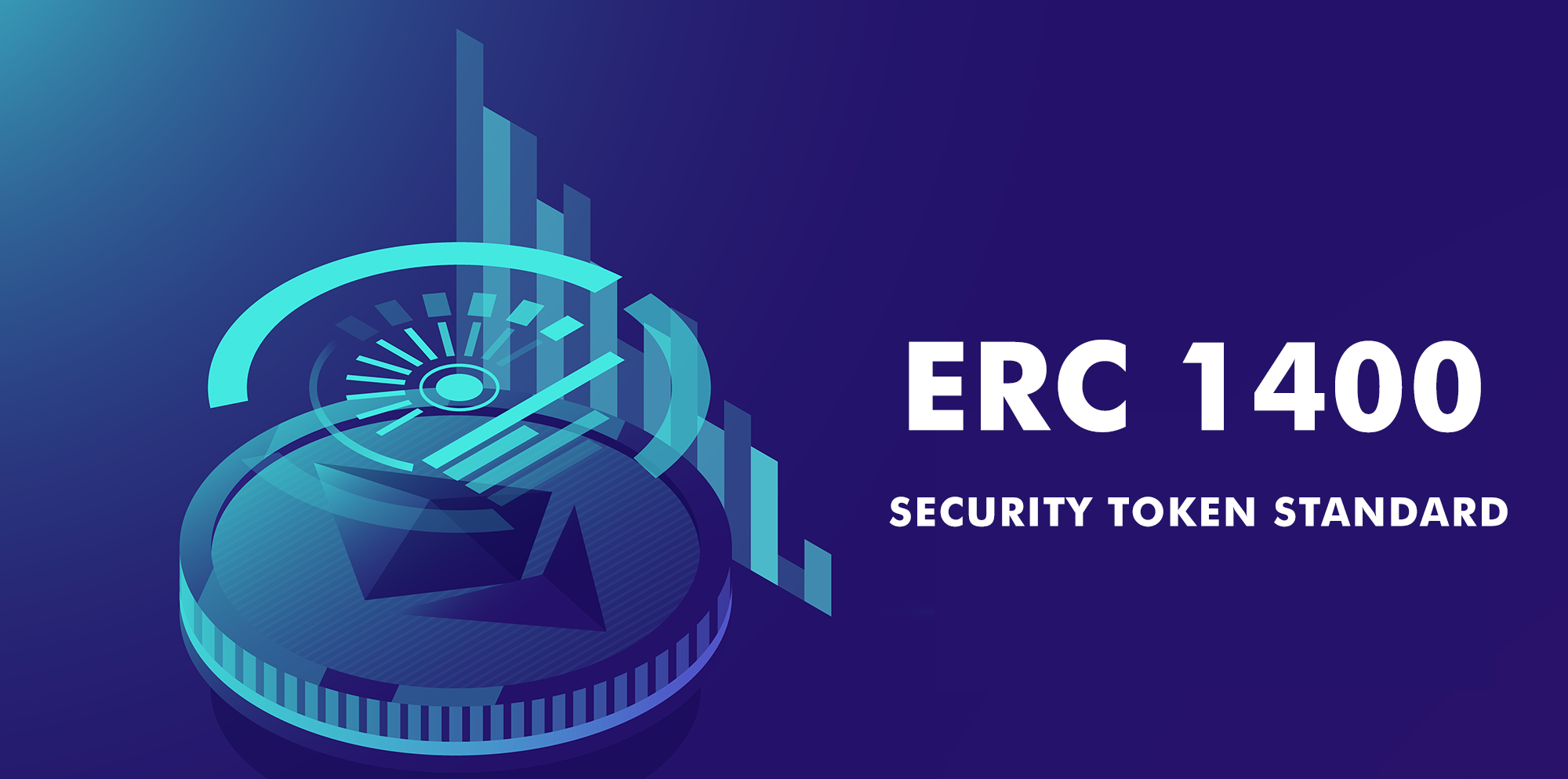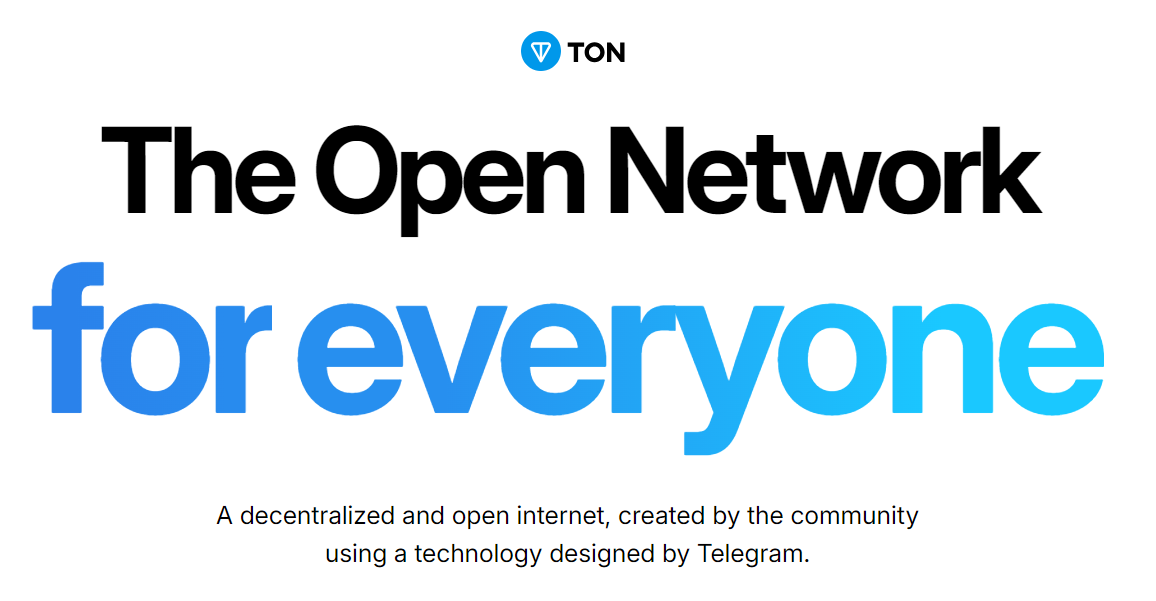Aug 15, 2022
Ethereum Virtual Machine: What It Is and How It Works
The Ethereum Virtual Machine (EVM) is a processing engine that functions similarly to a decentralized computer with millions of executable applications. It is a complex, dedicated software virtual stack that executes contract bytecode and is integrated into each Ethereum node to maintain consensus...
Aug 01, 2022
What is the Ethereum Name Service (ENS) and How Does It Work?
The ENS is a decentralized lookup system similar to the internet's DNS. It links information of a public address to a name. Hence, blockchain users can be identified by easily readable names instead of confusing alphanumeric characters....
Jul 31, 2022
Ethereum Merge: Q3 Update
due to the Gray Glacier update in June, the activation of the "difficulty bomb" has been pushed forward until mid-September, effectively delaying the merge until the final few days in Q3...
Jul 22, 2022
Top Metaverse Projects on Various Blockchains
The blockchain serves two essential functions in the metaverse. Firstly, it allows users to store data anywhere in the metaverse. Secondly, blockchain technology creates a complete economic framework & enables a digital environment to integrate the metaverse's virtual world with the actual world....
Jul 07, 2022
ERC VS TRC: Comparing Ethereum and Tron Token Standards
it is evident that the TRC-20 token standard is created as a scalable alternative to the ERC-20 standard. Since both networks’ virtual machines – the Ethereum Virtual Machine (EVM) and the Tron Virtual Machine (TVM) are both programmed in solidity, their smart contracts are interoperable...
Jun 29, 2022
Solana vs Avalanche: Which is The Actual ETH Killer?
Solana is currently a bigger network than Avalanche, having experienced massive usage from the crowd community; perhaps, if the Avalanche network is put to the test, we can say for sure whether it beats Solana or not....
Jun 25, 2022
WHAT ARE TEST NETWORKS?
A test network (testnet) is an isolated network similar to, but different from the mainnet blockchain and is used for testing. They are used to work out the bugs in your new cryptocurrency implementation before deploying it on the mainnet (the public blockchain)...
Jun 16, 2022
BEST ETHEREUM STAKING POOLS
Ethereum staking involves locking up a minimum of 32 ETH (over $35,000 as of the time of writing) to become a validating node in the Ethereum network; these tokens will remain locked till the upgrade is completed (projected to be 2023)....
Jun 12, 2022
What Are Decentralized Applications (dApps)?
dApps is an acronym derived from Decentralized Application. This means that dApps are applications that use Blockchain technology to operate in a decentralized way. dApps are built on a smart contract and a front-end user interface, written in a language that their back-end can understand....
May 30, 2022
ALL YOU NEED TO KNOW ABOUT ETHEREUM 2.0 AND ETHEREUM STAKING
Ethereum 2.0, otherwise called “Serenity,” or ETH 2.0, is an impending upgrade to the Ethereum network, where several changes will be made to the blockchain network, notably a switch from the existing Proof-of-Work consensus mechanism to Proof-of-Stake (PoS)....
May 26, 2022
WHAT IS THE ETHEREUM SECURITY TOKEN STANDARD?
Initially, security tokens were not tokenized on the blockchain as ERC-1400; instead, they were tokenized as ERC-20. ERC-20 token standard could not sufficiently fulfill the typical regulations of securities; since they had to be fully unregulated and decentralized to maintain their standard....
May 25, 2022
Ethereum Rollups Explained For Beginners
Rollups are important layer-2 solutions that help achieve scalability on the blockchain by reducing the data and computation done on the mainnet blockchain, hence facilitating faster transaction times and instant finality....
Featured Posts
















